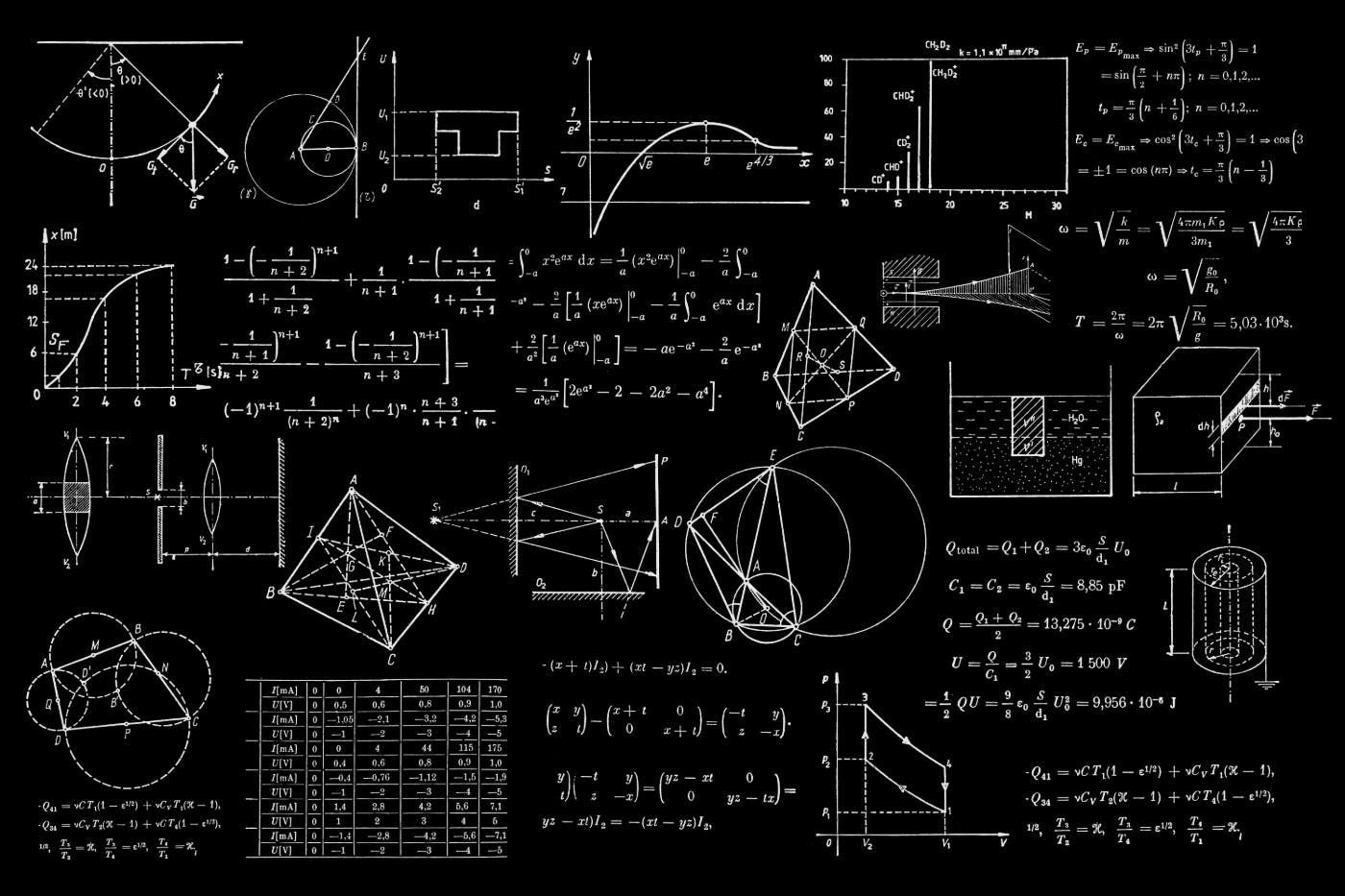
Let’s take a closer look at what quantum-safe encryption means for the future of web security and how it will radically change the way we protect our data in the age of quantum computing.
For years, we’ve relied on encryption to keep our data secure. Whether it’s a simple password-protecting your online shopping account or a multi-layered security system securing your bank account, encryption has been our digital fortress. But, with quantum computing on the horizon, that fortress might soon come crumbling down.
In Part 1 of this series, we discussed how traditional encryption methods, such as RSA and AES, are vulnerable to the computational power of quantum computers. Quantum computers have the ability to solve mathematical problems exponentially faster than classical computers, meaning they could crack current encryption methods in a fraction of the time. The inevitable rise of quantum computing has forced the world to confront a serious question: What happens to our digital security when encryption systems are no longer safe?
As we moved into Part 2, we introduced the concept of quantum-safe encryption—a set of encryption methods designed to withstand quantum attacks. While this was a promising solution, it left us with even more questions: How does quantum-safe encryption actually work? What does it mean for our digital security? And, most importantly, how do we transition from our current encryption systems to quantum-resistant protocols without causing chaos?
Let’s take a closer look at what quantum-safe encryption means for the future of web security and how it will radically change the way we protect our data in the age of quantum computing.

What Is Quantum-Safe Encryption?
Before we get too deep into the weeds of how it works, let’s quickly define quantum-safe encryption. Simply put, quantum-safe encryption, also known as post-quantum cryptography, refers to encryption methods that are designed to be resistant to the powerful computational capabilities of quantum computers. These new algorithms will secure data in a way that quantum computers can’t easily crack, unlike traditional methods that rely on mathematical problems quantum computers can solve in a fraction of the time.
Think of quantum-safe encryption as a next-generation digital lock—one that quantum hackers won’t be able to pick, no matter how advanced their technology becomes.
In many ways, the rise of quantum computing is a wake-up call for the entire digital security industry. While our current encryption systems may feel like fortresses, they’re built on principles that will soon be obsolete in the face of quantum power. The shift to quantum-safe encryption is not just a technical necessity; it’s an opportunity to build systems that are more secure, more resilient, and more adaptable to the future of computing.
We should understand that quantum-safe encryption represents a paradigm shift. It moves away from classical encryption systems based on factoring large prime numbers and discrete logarithms and into new, more sophisticated mathematical problems that quantum computers are not yet equipped to handle. Lattice-based cryptography, code-based cryptography, and hash-based cryptography are a few of the methods emerging as candidates for quantum-safe encryption. These methods rely on completely different mathematical structures that are not easily broken by quantum algorithms.
Why Traditional Encryption Doesn’t Cut It Anymore
Traditional encryption methods, such as RSA and AES, rely on the computational difficulty of certain mathematical problems—like factoring large numbers or solving discrete logarithms. While these problems are incredibly hard for classical computers to solve, they’re not nearly as challenging for quantum computers.
Let’s consider the example of RSA encryption, one of the most widely used encryption methods today. RSA’s security relies on the fact that factoring large prime numbers is incredibly difficult for classical computers. However, with the advent of quantum computing, this process can be dramatically sped up with Shor’s Algorithm, which allows quantum computers to factor large numbers exponentially faster than classical computers.
In simple terms, RSA encryption could be cracked in seconds by a sufficiently powerful quantum computer, rendering all of our current methods of securing data obsolete. That’s where quantum-safe encryption comes in—it’s designed to resist quantum attacks by relying on mathematical problems that are difficult for both classical and quantum computers to solve. These algorithms take advantage of the unique properties of quantum mechanics, which quantum computers can’t exploit in the same way they exploit classical encryption methods.
The implications here are far-reaching: not only could quantum computers undermine the encryption we use for everyday transactions like online shopping, but they could also compromise much more sensitive data, such as bank account details, medical records, and government communications. This threat is growing in real time, and businesses and individuals alike must begin preparing to shift to quantum-safe solutions sooner rather than later.

How Do We Transition to Quantum-Safe Encryption?
Now that we know what quantum-safe encryption is, the big question becomes: How do we transition from traditional encryption systems to quantum-safe encryption without causing a security nightmare?
Transitioning to quantum-safe encryption is not an easy feat. After all, we’ve built entire systems around RSA, AES, and other classical encryption methods, and replacing these systems with quantum-safe protocols involves overhauling the very infrastructure of digital security.
For example, consider that millions of organizations around the world are currently using RSA to secure everything from credit card transactions to personal emails. A sudden shift to a completely new encryption method would create significant logistical challenges, not to mention potential vulnerabilities during the transition period. Imagine trying to update every piece of sensitive data on the internet to quantum-safe encryption—sounds like a digital nightmare, right?
The good news is that the transition doesn’t have to be a complete overhaul overnight. Instead, hybrid encryption systems are being developed that can combine classical encryption methods with quantum-safe algorithms. This hybrid approach allows organizations to continue using traditional encryption methods while gradually integrating quantum-safe protocols, creating a smooth, secure transition.
For example, Google is already experimenting with hybrid cryptographic systems for its cloud services, blending quantum-safe algorithms with traditional encryption methods to future-proof its security systems. This approach minimizes disruption while laying the groundwork for the quantum-safe systems of the future.
Some industries, such as banking and healthcare, will need to be particularly cautious during this transition, as any vulnerability in their encryption could have disastrous consequences. Quantum-safe encryption, however, offers a much more robust solution in the long run, ensuring sensitive data is protected even when quantum computing reaches its full potential.
The Future of Digital Security: Quantum-Resilient Systems
While quantum-safe encryption is a huge step in the right direction, it’s not the only solution to the quantum threat. As quantum computers become more powerful, we’ll need to rethink the very infrastructure that supports digital security.
Quantum-resilient systems are not just about encryption—they’re about building an entire ecosystem that can withstand quantum attacks. This means implementing quantum-safe algorithms across all layers of digital security, including authentication, key management, data storage, and communication protocols.
For example, imagine trying to log in to your favorite online shopping site. Instead of relying on just a password and 2FA code, we could use quantum-safe authentication methods that are designed to resist quantum threats. Quantum key distribution (QKD) could allow for secure key exchange that prevents eavesdropping, while quantum-resistant cryptographic algorithms ensure that even if quantum computers crack one layer of encryption, the others remain secure.
Building these quantum-resilient systems will require collaboration across industries, governments, and tech companies. But the payoff is huge—web security will become more robust, adaptable, and resistant to future threats. And ultimately, the user experience will improve as we move from clunky, outdated security protocols to seamless, future-proof systems that feel as simple and intuitive as locking a door.

The Role of Designers in the Quantum Age
As we transition to quantum-safe encryption and quantum-resilient systems, web designers will play a crucial role. They’ll need to ensure that security is woven into the user experience in a way that doesn’t disrupt the flow of interaction. Security shouldn’t feel like an afterthought—it should feel like an integral part of the experience. Users shouldn’t have to jump through hoops to prove their identity or worry about the safety of their data.
By understanding how quantum-safe encryption works, designers can future-proof their user experiences and help guide users through secure, seamless interfaces without sacrificing simplicity or speed.
Summing Up: Embracing the Quantum Future
Quantum computing may seem like a futuristic threat, but it’s already reshaping the way we think about web security. As we’ve seen, quantum-safe encryption is the answer to the quantum challenge, but it’s just the beginning. To fully secure our digital world in the quantum age, we’ll need to build quantum-resilient systems that can stand up to the next generation of computing power.
The transition won’t be easy, but with hybrid encryption systems and the support of designers and tech professionals, we can build a future where web security remains strong, adaptable, and user-friendly. It’s time to embrace the quantum future and prepare for the changes that are already on the horizon.

